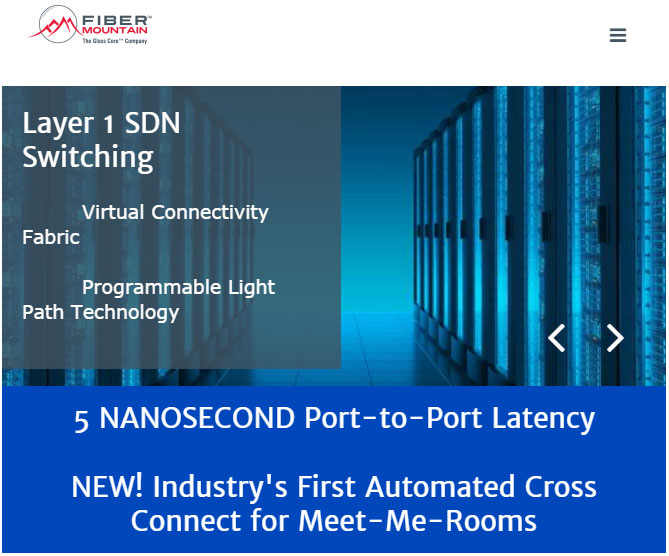Transforming Network Infrastructure Week in Review: Dell, Google, Mesosphere, Verizon
Google has given the world a look at the technologies at play inside its data centers, as Peter Bernstein explained in a posting earlier this week. This may be the summer’s most revelatory news on the network transformation front.
In a recent presentation at the 2015 Open Network Summit, and as outlined in a June 17 Google blog, the company talked about the key principles it uses in designing its data center networks, how its technology has evolved and improved in the past decade, and more.
“From Firehose, our first in-house datacenter network, ten years ago to our latest-generation Jupiter network, we’ve increased the capacity of a single datacenter network more than 100 times,” wrote Amin Vahdat, a Google fellow and technical lead for networking at the company. “Our current generation—Jupiter fabrics—can deliver more than 1 petabit per second of total bisection bandwidth. To put this in perspective, such capacity would be enough for 100,000 servers to exchange information at 10gbps each, enough to read the entire scanned contents of the Library of Congress in less than a tenth of a second.”
As for Google’s key data center network principles, they are as follows:
- Its network is arranged around a Clos topology, a network configuration where a collection of smaller (cheaper) switches are arranged to provide the properties of a much larger logical switch.
- It uses a centralized software control stack to manage thousands of switches within the data center, making them effectively act as one large fabric.
- It builds software and hardware using silicon from vendors, relying less on standard Internet protocols and more on custom protocols tailored to the data center.

Elsewhere on the giant company data center front, Verizon this week revealed it will leverage Mesosphere Datacenter Operating System to improve automation and scalability in its facilities. The DCOS, which is based on the open source cluster manager Apache Mesos, is being adopted to help Verizon expedite the delivery of services.
In other recent network transformation-related news, Dell has launched Datacenter Scalable Solutions, which offers solutions to businesses that need something just below the hyperscale level. As reporter Clayton Hamshar explains in a Wednesday article, this segment is seeing growth almost three times the rate of the hyperscale market.
Clayton this week also reported about how PCM demoed its PCIe Storage Switches at the Intel Developer Forum and how AquaComms and Equinix are working together to deploy a new transatlantic fiber optic system.


